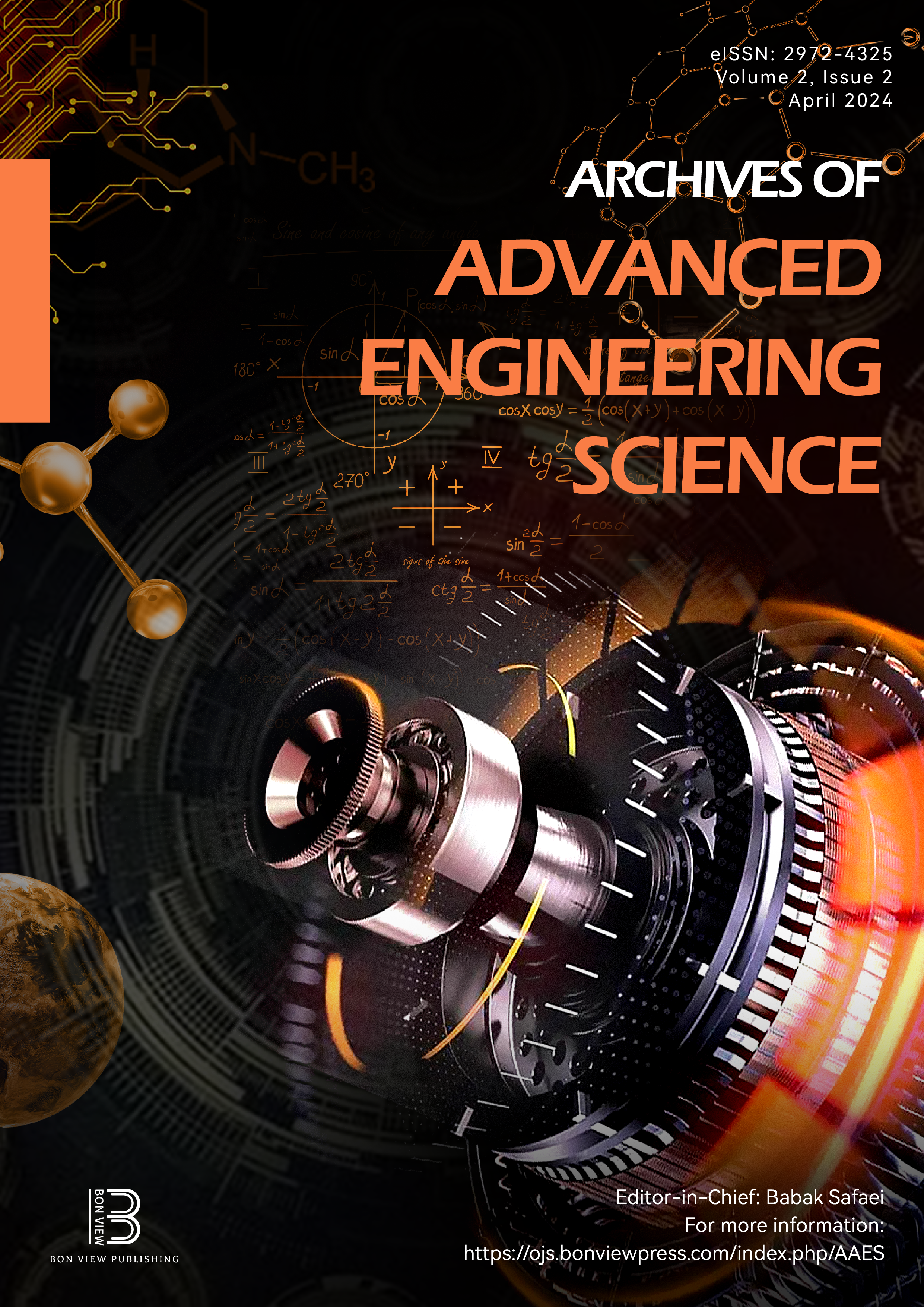Fabrication of N-Type Nanocrystalline Silicon Thin-Film by Magnetron Sputtering and Antimony Induced Crystallization
DOI:
https://doi.org/10.47852/bonviewAAES32021040Keywords:
nanocrystalline, silicon, thin film, magnetron sputtering, antimony, thermal annealingAbstract
The fabrication of n-type nanocrystalline silicon thin films using magnetron sputtering and crystallization by adding antimony and thermal treatment is presented in this article. Firstly, a short overview about thin film deposition methods, along with the advantages and disadvantages of the magnetron sputtering, is provided. Then, the technique of adding metals for recrystallization of amorphous silicon is described, and the necessity of using antimony for obtaining n-type nanocrystalline silicon along with its characteristics is discussed. Next, the process of thin film deposition using magnetron sputtering and the production of n-type nanocrystalline silicon on a quartz substrate, by antimony induced crystallization, is explained. Subsequently, the characterization process and necessary measurements to confirm the crystallization of the nanocrystalline silicon layer and determine its crystalline properties are presented. For ease of electrical characterization, a simple n/p junction Schottky solar cell is fabricated using the produced nanocrystalline silicon layer on a p-type monocrystalline silicon wafer. In addition to nanocrystalline properties, the optical and electrical characteristics of this cell are also investigated. The measurements show that with the proposed method, a fine grains nanocrystalline silicon layer with an average grain size of 20 nm was formed in the <111> direction. J-V characteristic measurement shows the creation of a solar cell with conversion efficiency of 1.39%, open circuit voltage of 265mV and current density of 16.32mA/cm2. These results confirm that antimony can be used in the process of crystallizing amorphous thin film silicon obtained from magnetron sputtering and converting it into n-type nanocrystalline silicon.
Received: 6 May 2023 | Revised: 6 June 2023 | Accepted: 15 June 2023
Conflicts of Interest
Omid Shekoofa is the Editorial Board Member for Archives of Advanced Engineering Science, and was not involved in the editorial review or the decision to publish this article. The authors declare that they have no conflicts of interest to this work.
Data Availability Statement
Data available on request from the corresponding author upon reasonable request.
Downloads
Published
Issue
Section
License
Copyright (c) 2023 Authors

This work is licensed under a Creative Commons Attribution 4.0 International License.


